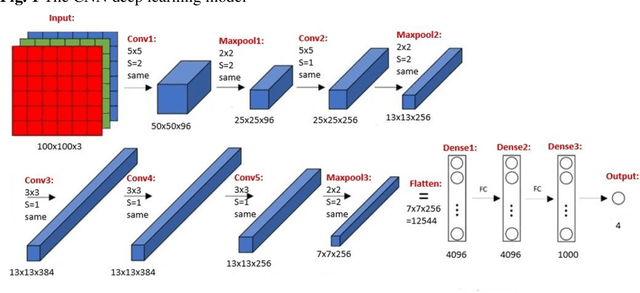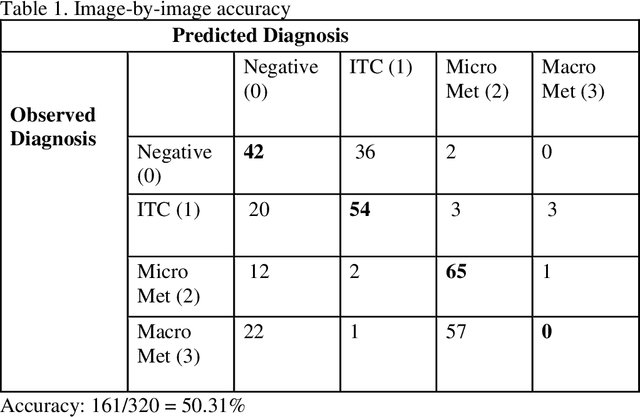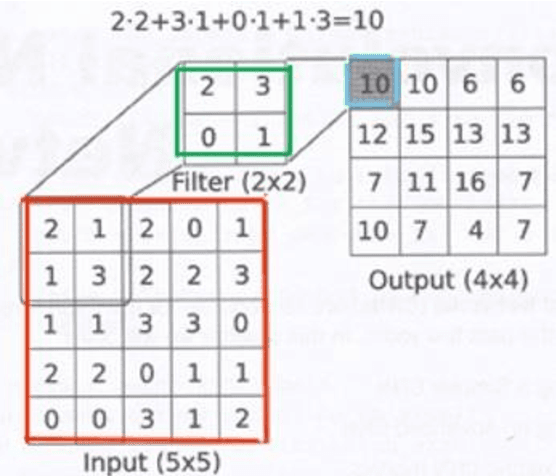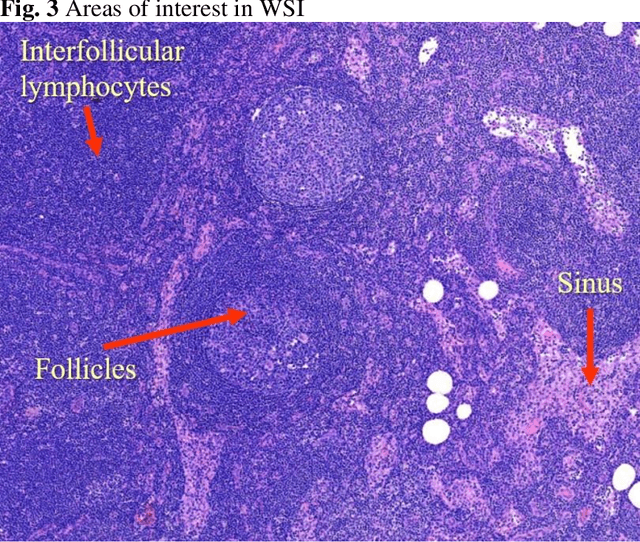Andy N. D. Nguyen
Deep Learning Provides Rapid Screen for Breast Cancer Metastasis with Sentinel Lymph Nodes
Jan 14, 2023



Abstract:Deep learning has been shown to be useful to detect breast cancer metastases by analyzing whole slide images of sentinel lymph nodes. However, it requires extensive scanning and analysis of all the lymph nodes slides for each case. Our deep learning study focuses on breast cancer screening with only a small set of image patches from any sentinel lymph node, positive or negative for metastasis, to detect changes in tumor environment and not in the tumor itself. We design a convolutional neural network in the Python language to build a diagnostic model for this purpose. The excellent results from this preliminary study provided a proof of concept for incorporating automated metastatic screen into the digital pathology workflow to augment the pathologists' productivity. Our approach is unique since it provides a very rapid screen rather than an exhaustive search for tumor in all fields of all sentinel lymph nodes.
Application of Deep Learning on Predicting Prognosis of Acute Myeloid Leukemia with Cytogenetics, Age, and Mutations
Oct 30, 2018

Abstract:We explore how Deep Learning (DL) can be utilized to predict prognosis of acute myeloid leukemia (AML). Out of TCGA (The Cancer Genome Atlas) database, 94 AML cases are used in this study. Input data include age, 10 common cytogenetic and 23 most common mutation results; output is the prognosis (diagnosis to death, DTD). In our DL network, autoencoders are stacked to form a hierarchical DL model from which raw data are compressed and organized and high-level features are extracted. The network is written in R language and is designed to predict prognosis of AML for a given case (DTD of more than or less than 730 days). The DL network achieves an excellent accuracy of 83% in predicting prognosis. As a proof-of-concept study, our preliminary results demonstrate a practical application of DL in future practice of prognostic prediction using next-gen sequencing (NGS) data.
Proteomics Analysis of FLT3-ITD Mutation in Acute Myeloid Leukemia Using Deep Learning Neural Network
Dec 29, 2017



Abstract:Deep Learning can significantly benefit cancer proteomics and genomics. In this study, we attempt to determine a set of critical proteins that are associated with the FLT3-ITD mutation in newly-diagnosed acute myeloid leukemia patients. A Deep Learning network consisting of autoencoders forming a hierarchical model from which high-level features are extracted without labeled training data. Dimensional reduction reduced the number of critical proteins from 231 to 20. Deep Learning found an excellent correlation between FLT3-ITD mutation with the levels of these 20 critical proteins (accuracy 97%, sensitivity 90%, specificity 100%). Our Deep Learning network could hone in on 20 proteins with the strongest association with FLT3-ITD. The results of this study allow a novel approach to determine critical protein pathways in the FLT3-ITD mutation, and provide proof-of-concept for an accurate approach to model big data in cancer proteomics and genomics.
 Add to Chrome
Add to Chrome Add to Firefox
Add to Firefox Add to Edge
Add to Edge